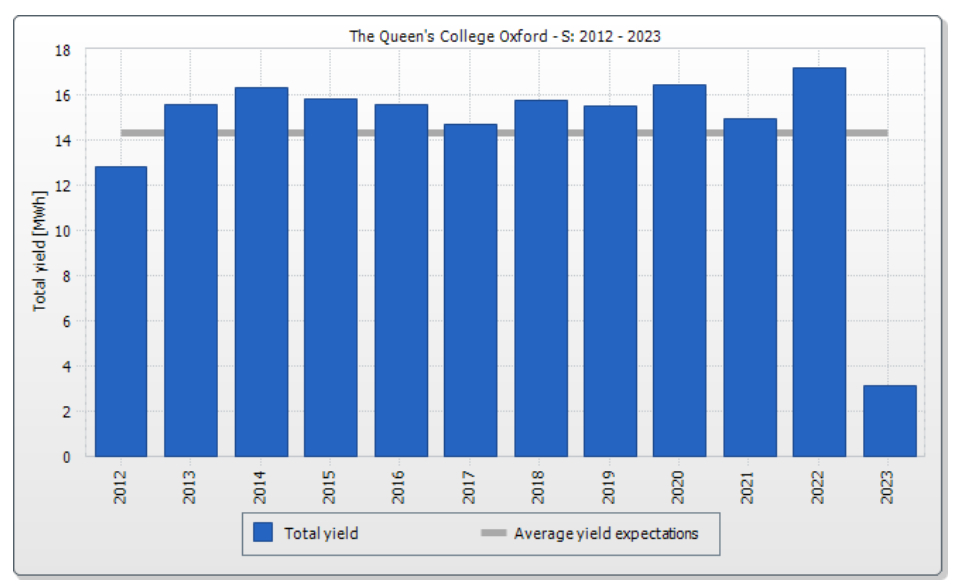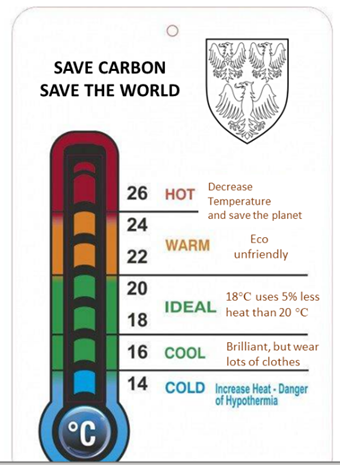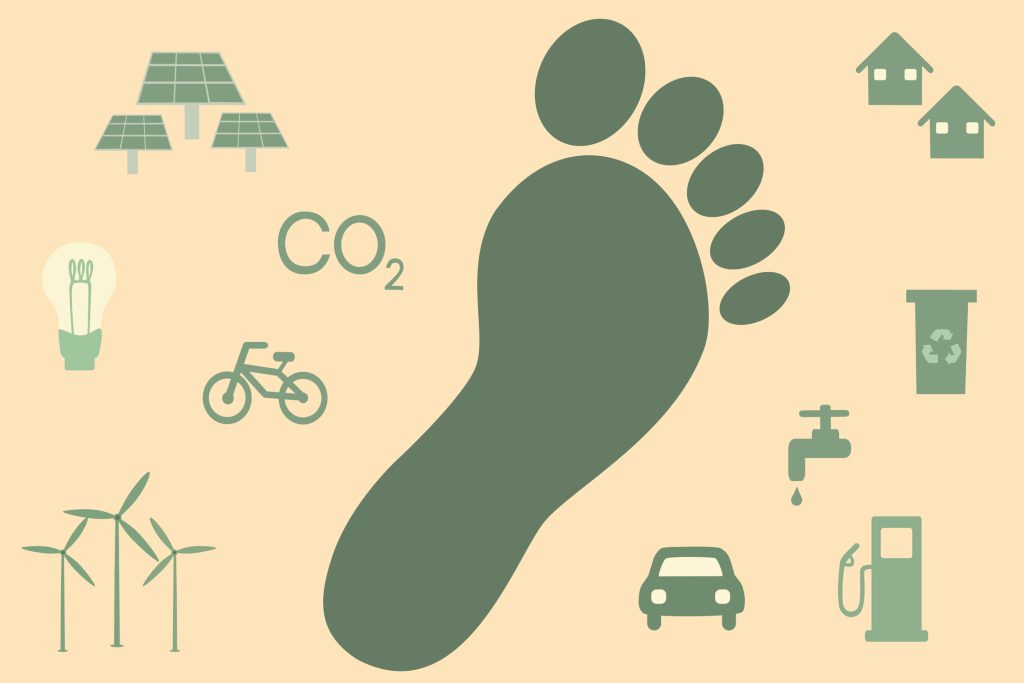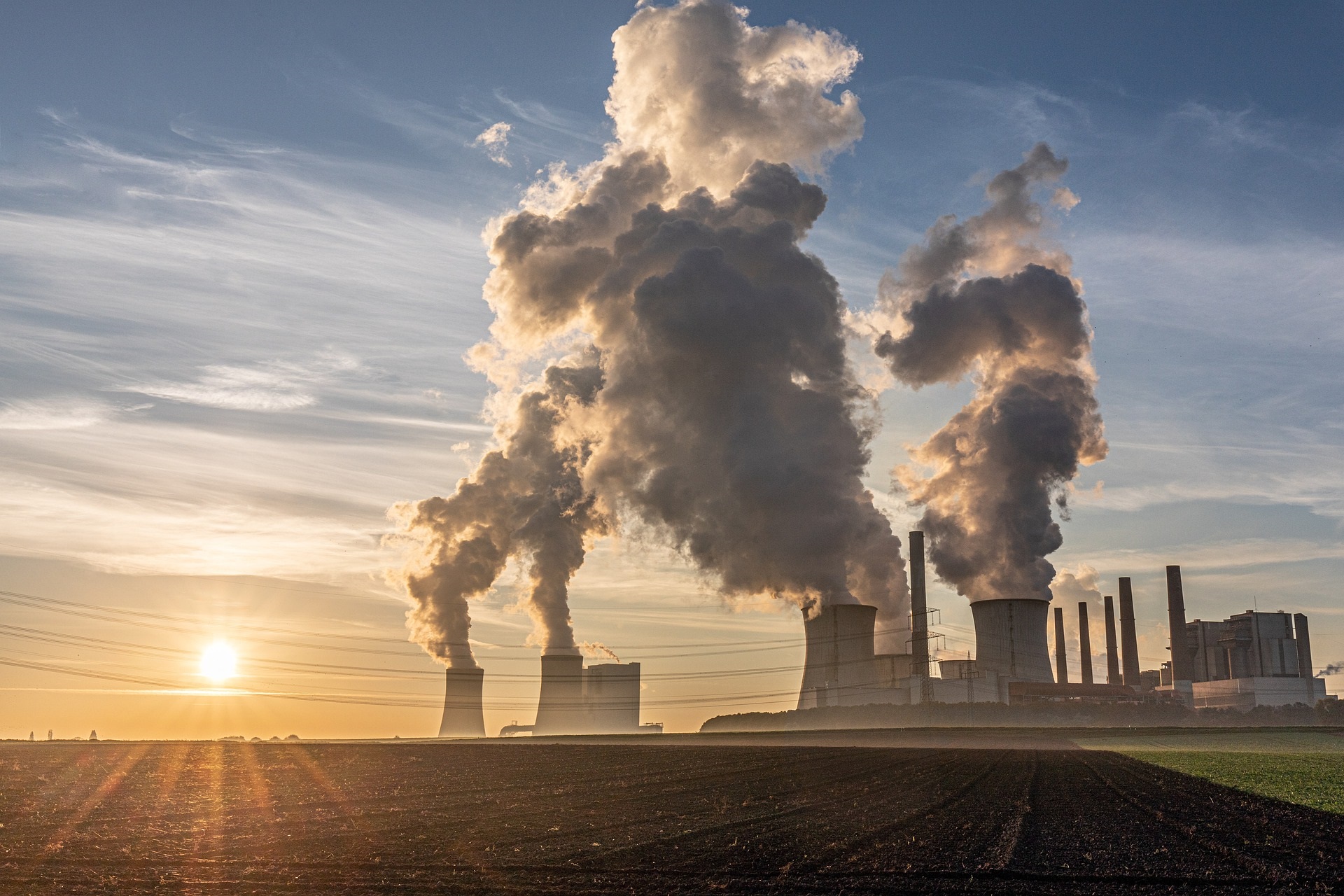Queen’s has been active in attempting to reduce its net carbon footprint since 2012 when the first proposal for installing photovoltaics (PV) on the College’s buildings was developed. Since then we have worked on waste reduction, recycling, food choices, reduction in energy consumption, and other initiatives aimed at limiting the CO2 production caused by the College.
In 2018 the College formalised its Carbon Control policy which calls for all College committees to consider carbon production as part of their deliberations. Every aspect of College operations is undertaken with carbon control as part of normal considerations.
The Carbon Committee evaluates proposals for carbon control initiatives to attempt to disentangle the hype from the reality; unfortunately, a process that is becoming more important.
In some cases the committee is not competent to evaluate issues and in that case either a consultant is employed, or the relevant committee considers it. For example, any new building or refurbishment programme must consider carbon control, and other sustainability issues; the Shulman Auditorium, completed in 2011, has a ground-source heat pump for heating and cooling, as does the New Library, opened in 2017.
PV electricity generation
The College worked with Oxford City council to enable installation of PV on College buildings in Oxford; however, many of the College’s early aspirations were refused planning permission by the council on grounds of listed building consent, where nothing affecting the visible appearance of the College buildings was allowed. Nevertheless a large array was installed on top of the College’s St Aldate’s building, where it is invisible, at a cost of £50k. This has generated 170 MWhrs of power since installation and the carbon saving per year is ~10 tonnes.
The College also offered to assist tenant farmers with installations on their buildings, but at the time none was willing to engage with this proposal.
The College continues to seek opportunities to install PV generation and will do so wherever it is viable; redevelopment of the Florey building will take this into account.

Energy use reduction
The College’s direct energy consumption (as appears on bills for gas and electricity) is primarily for heating its main site and residential buildings. These are largely old buildings, often listed, and therefore difficult to upgrade. They are not particularly energy efficient. It is worth noting that this, in fact, is a small contribution to the overall carbon cost of the members and employees of the College, who travel, eat, and go on holiday. Despite this, the College considers it essential to work to reduce energy use.
The College employed a consultant in 2018 to advise on double glazing and is following the advice given by undertaking a study of its viability in two of the Colleges stairwells. This work was delayed by the COVID19 pandemic, but should converge in the near future and may result in a large programme of double glazing installation.
The College has put thermometers in every College room; it has put posters in strategic locations with energy saving tips.
When the main site boilers needed replacement in 2021, new more efficient types were used. Heat pumps were investigated, but the electrical sub-station was of insufficient capacity to heat electrically and all the College’s radiators and infrastructure were not designed for the lower temperatures of a heat pump system. Significant effort was invested in understanding these restrictions but at the time it was not feasible to use anything other than a modern condensing boiler system.
Automatic monitoring of energy consumption is now in place, and the last decade of use is recorded so that progress in reducing energy consumption can be monitored.
The College has a rolling programme which replaces all light bulbs with low energy bulbs (essentially all are now low energy) and when fixtures are replaced, motion sensing is included by default when it can be. The possibility of replacing switches with sensing switches was investigated, but found to be impractical in most locations given the use case.

Other initiatives
The College has encouraged the JCR to do clothes swaps and reduce consumption.
The College commissioned the JCR Environment Rep to create a simplified information booklet for College members suggesting how to decrease carbon consumption. To be effective this offers very simple ways to implement choices. Many online resources are available to calculate one’s carbon footprint, but this requires significant effort and is not likely to be employed by a majority. The booklet will provide some simple stark choices, in particular explaining how to make a choice about how ones ‘share’ of CO2 production is made.
The College is investigating whether sustainable investment has any real impact. It is also investigating the possibility of carbon offsetting in the short to medium term.



